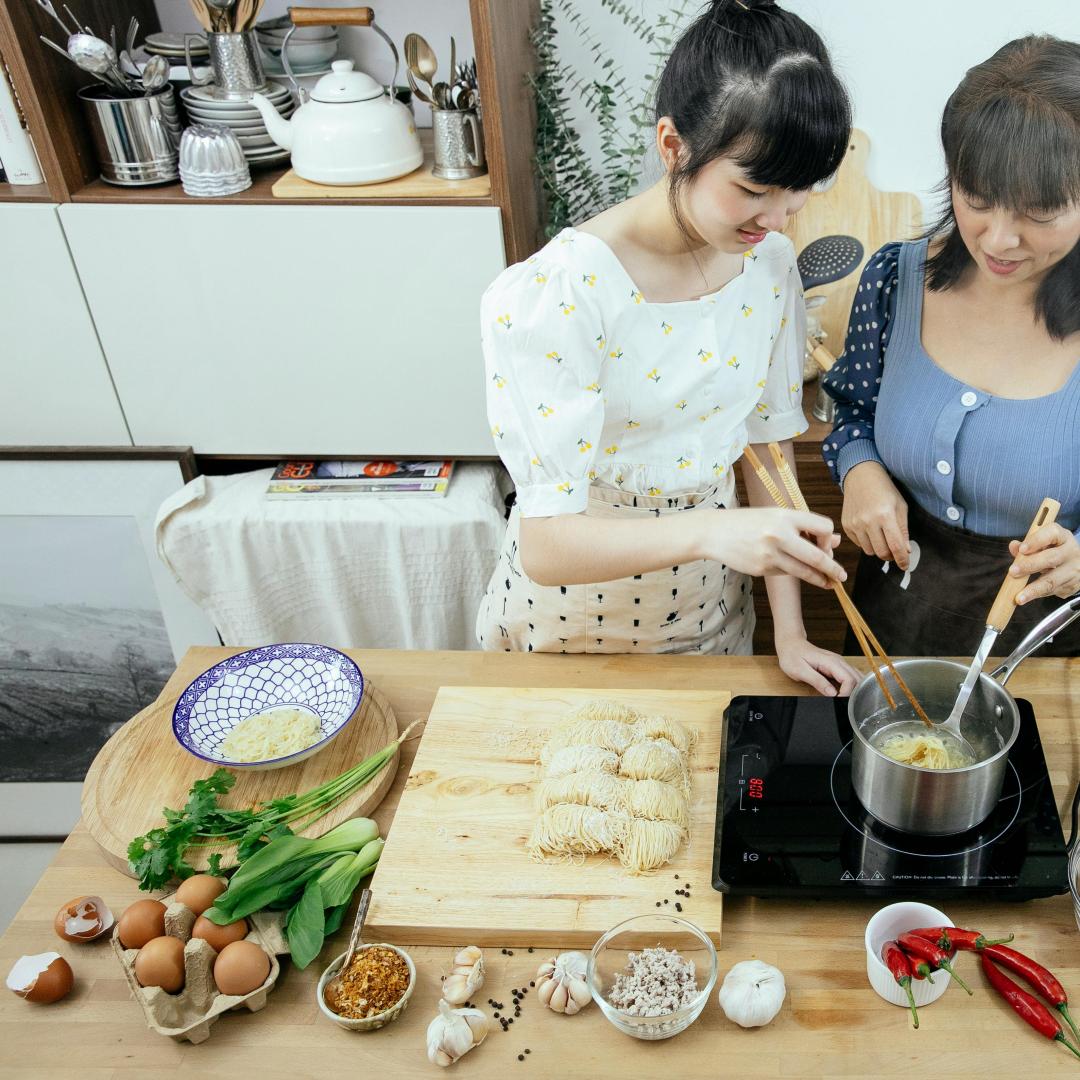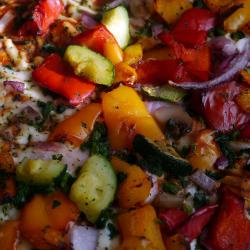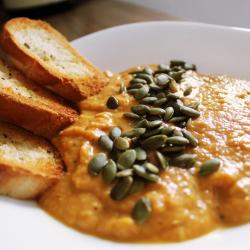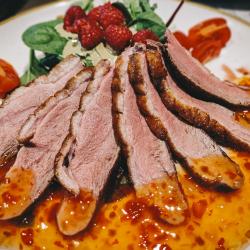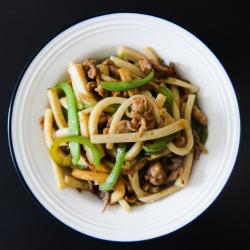Learning to Cook International Dishes: A Culinary Adventure
Learning to cook international dishes is akin to embarking on a culinary adventure that transcends borders and cultures. With each recipe lies a story, each ingredient a testament to generations of tradition, and each technique a window into the life and soul of a community. As we navigate through the myriad of flavors the world has to offer, we not only expand our taste horizons but also cultivate a deeper appreciation for cultural diversity.
The Adventure Begins: Setting the Stage
The journey of cooking international dishes often begins with curiosity. Perhaps it was sparked by a memorable meal at an ethnic restaurant, an enticing cooking show, or even a conversation with a friend about their favorite family recipe. Whatever the inspiration, the first step is to delve into the rich tapestry of global cuisines.
One of the best starting points for this culinary adventure is the world of cookbooks dedicated to international cuisine. Legendary tomes by chefs and food writers like Claudia Roden, Yotam Ottolenghi, and Madhur Jaffrey serve as both guides and narrators, offering not just recipes but deep dives into the histories and cultures behind them.
Gathering the Ingredients: A Journey of Exploration
Embarking on an international cooking project often requires access to a diverse array of ingredients, some familiar and others exotic. Specialty grocery stores and online marketplaces can be a treasure trove for ingredients that are not typically found in your local supermarket. From Thai lemongrass to Indian turmeric, Japanese miso to Mexican masa harina, the hunt for these ingredients is a crucial part of the adventure.
Beyond mere procurement, this process introduces budding chefs to global agricultural practices and different methods of food preservation and preparation. It also fosters a connection to local immigrant communities who often operate these specialty shops, creating opportunities for rich cultural exchanges.
Mastering New Techniques: Beyond Boiling and Baking
Learning to cook international dishes often involves mastering new cooking techniques. These techniques can range from the art of making handmade pasta, perfecting the fermentation of kimchi, to skillfully rolling sushi or deftly folding dumplings. Such skills not only broaden a cook's repertoire but also build respect for the craftsmanship involved in cuisines worldwide.
Cooking classes, whether attended in-person or virtually, are invaluable resources. Many community centers and culinary schools offer classes focusing on specific international cuisines, providing hands-on experience guided by knowledgeable instructors who can share insider tips and authentic techniques.
Embracing Diversity through Dining
Just as important as cooking the food is the act of dining and sharing these dishes with others. Hosting international-themed dinner parties or potlucks fosters a spirit of community and shared learning. Such gatherings offer opportunities to discuss the significance of each dish, the ingredients used, and the processes learned along the way, promoting culinary education and cultural sensitivity.
The Lasting Impact of a Culinary Adventure
As one delves deeper into the world of international cuisines, they find that cooking is not just about food—it’s about history, migration, adaptation, and resilience. Familiarity with global dishes can change perceptions, break stereotypes, and build bridges between cultures.
In conclusion, learning to cook international dishes is a rewarding endeavor that offers far more than new recipes to try. It is a journey that enriches the mind, excites the palate, and unites people across continents. As we continue to explore and embrace the globe's culinary diversity, we are reminded of the unifying power of food—a testament to humanity's enduring creativity and interconnection.
